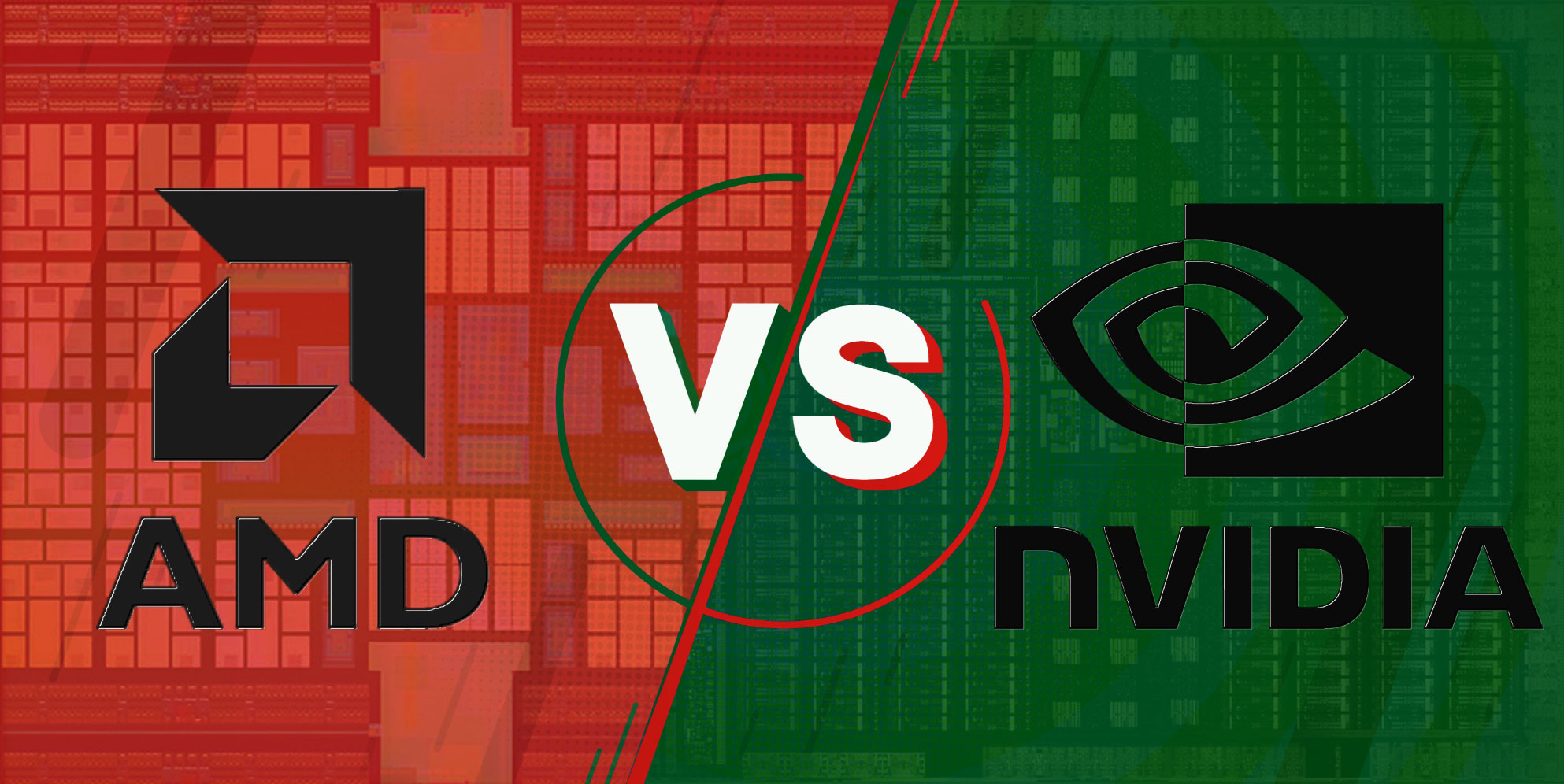Linux might only make up a very small portion of the operating system market share (about 1-2% depending on who you ask), but it’s a dedicated minority, filled with loyalists who are willing to stick with the OS despite compatibility issues thanks to its heavy customizability and open-source nature. In other words, people who use Linux tend to be pretty versed in tech. That’s probably why Boiling Steam, a site dedicated to gaming on Linux, thought it might be illuminating to do some research into what type of hardware Linux users prefer. In the AMD vs Nvidia debate, we finally have some numbers on what the most discerning tech wizards prefer…as well as which manufacturers better serve their unique needs.
These numbers come from ProtonDB, which is a site that tracks game compatibility with Proton, Steam’s built-in solution for running games on Linux. The idea of the site is to report how well certain games run on Linux or what features might need tweaking to work properly on the OS. But because users report their system specs as part of their reports, it’s also possible to use the site to glean which components are most popular among gaming-minded Linux users.
Boiling Steam admits that its data is limited- ProtonDB is really the only reliable source here, as other options like the Steam Hardware Survey aren’t granular enough to be reliable. But still, the site’s analysis (compiled from over 111,000 reports) is an interesting bird’s-eye view of the Linux gaming scene.
Before getting to the AMD vs Nvidia debate, let’s start with Boiling Steam’s CPU charts. The site’s analysis goes back 2 years, and in that time, it seems like AMD’s grown from being the CPU choice for roughly 27% of the ProtonDB user base to the CPU choice for almost 50%. Intel takes up the other 50%, of course, though Boiling Steam recognizes that AMD’s penchant for matching Intel’s single-core performance and providing more cores at a lower cost might soon tip the scales in its favor.
As for GPUs, AMD is also on the rise there, but Nvidia still holds a noticeable majority. In January of 2019, AMD was the GPU choice for 25% of the ProtonDB user base, with that percentage rising to 37.5% in January of this year. Nvidia still dominates the rest, which Boiling Steam credits to the company’s early successes in ray tracing and DLSS compared to AMD.
Perhaps most interesting, however, is how this data comes together. According to Boiling Steam, “If you own an Intel CPU, you are far, far more likely to have a[n] Nvidia GPU as well.” Meanwhile, “If you own an AMD CPU, there’s a good chance (50/50) you have an AMD GPU as well, and even more so if you use very specific [Linux] distros (Arch, Gentoo, Slack, KdeNeon, Fedora, Deepin, Void…)”
In other words, AMD fans are likely to go all-in with AMD on their systems. And, well…it seems like the geekier someone is, the more likely they are to prefer AMD.
None of this is too surprising going off general fan community conversation — you don’t have many gifs featuring Nvidia’s Jensen Huang transforming into a giant robot floating around online, but you do for AMD’s Lisa Su. Still, having concrete numbers to point to is great, plus this also shows a promising trend for AMD on Linux going forward.
“For Linux, if you were ever interested in gaming with decent performance, an Intel + Nvidia combo was pretty much required until recently,” Boiling Steam writes. “Intel, for the best single thread performance on CPUs, and Nvidia both for their excellent proprietary drivers and better hardware/pricing overall.”
However, as AMD’s made strides in recent years to provide comparable performance to Intel and Nvidia at a lower cost, that’s no longer the case, which promises a strong future for Linux users who are also AMD fans. It’s a future that’s only made stronger by AMD’s recent efforts to have its CPUs and GPUs work together using “Smart Access Memory.” So far, Smart Access Memory has maintained feature parity on Linux and Windows, which is always a strong sign of a company’s commitment to Linux users.
Going forward, then, it’s possible that AMD might steal even more of Intel and Nvidia’s Linux market share, as it both continues to improve its technology overall as well as support its unique features beyond just Windows.
For more of Boiling Steam’s analysis, and to see its charts, visit Boilingsteam.com.
